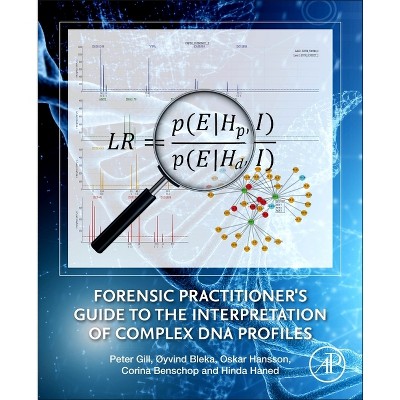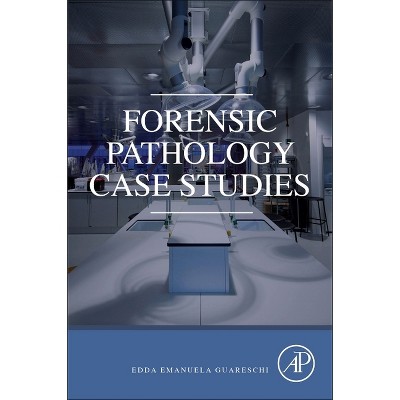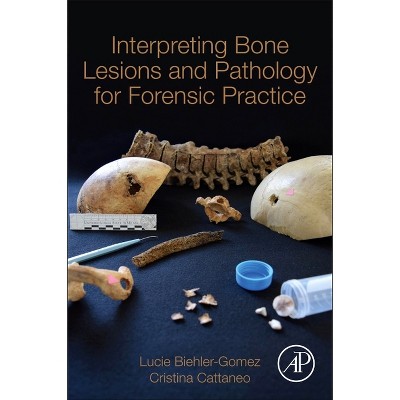Sponsored

Forensic Epidemiology - by Michael Freeman & Maurice P Zeegers (Hardcover)
$129.95
In Stock
Eligible for registries and wish lists
Sponsored
About this item
Highlights
- It is an inescapable fact that causation, both generally (in populations), and specifically (in individuals), cannot be observed.
- Author(s): Michael Freeman & Maurice P Zeegers
- 434 Pages
- Freedom + Security / Law Enforcement, Forensic Science
Description
Book Synopsis
It is an inescapable fact that causation, both generally (in populations), and specifically (in individuals), cannot be observed. Rather, causation is determined when it can be inferred that the risk of an observed injury or disease from a plausible cause is greater than the risk from other plausible causes. While many causal evaluations performed in forensic medicine are simplified by the fact that the circumstances surrounding the onset of an injury or disease clearly rules out competing causes (eg, a death following a fall), there are many cases that present a more complicated picture. It is these types of investigations, in which an analysis of comparative levels of risk from competing causes is needed to arrive at a reliable and accurate determination of the most likely cause, that forensic epidemiology (FE) is directed at.In Forensic Epidemiology, the authors present the legal and scientific theories underlying the methods by which risk is used in the investigation of individual causation. Methods and principles from epidemiology are combined with those from a multitude of other disciplines, including general medicine, pharmacology, forensic pathology, biostatistics, and biomechanics, inter alia, as a basis for investigating the plausibility of injury and disease exposures and mechanisms. The ultimate determination of the probability of causation (PC) results from an assessment of the strength of association of the investigated relationship in the individual, based on a comparison between the risk of disease or injury from the investigated exposure versus the risk of the same disease or injury occurring at the same point in time in the individual, but absent the exposure. The principles and methods described in Forensic Epidemiology will be of interest to those who work and study in the fields of forensic medicine, epidemiology, and the law.Dimensions (Overall): 9.3 Inches (H) x 7.6 Inches (W) x 1.1 Inches (D)
Weight: 2.34 Pounds
Suggested Age: 22 Years and Up
Number of Pages: 434
Genre: Freedom + Security / Law Enforcement
Sub-Genre: Forensic Science
Publisher: Academic Press
Format: Hardcover
Author: Michael Freeman & Maurice P Zeegers
Language: English
Street Date: May 4, 2016
TCIN: 89245362
UPC: 9780124045842
Item Number (DPCI): 247-25-3934
Origin: Made in the USA or Imported
If the item details aren’t accurate or complete, we want to know about it.
Shipping details
Estimated ship dimensions: 1.1 inches length x 7.6 inches width x 9.3 inches height
Estimated ship weight: 2.34 pounds
We regret that this item cannot be shipped to PO Boxes.
This item cannot be shipped to the following locations: American Samoa (see also separate entry under AS), Guam (see also separate entry under GU), Northern Mariana Islands, Puerto Rico (see also separate entry under PR), United States Minor Outlying Islands, Virgin Islands, U.S., APO/FPO
Return details
This item can be returned to any Target store or Target.com.
This item must be returned within 90 days of the date it was purchased in store, shipped, delivered by a Shipt shopper, or made ready for pickup.
See the return policy for complete information.











